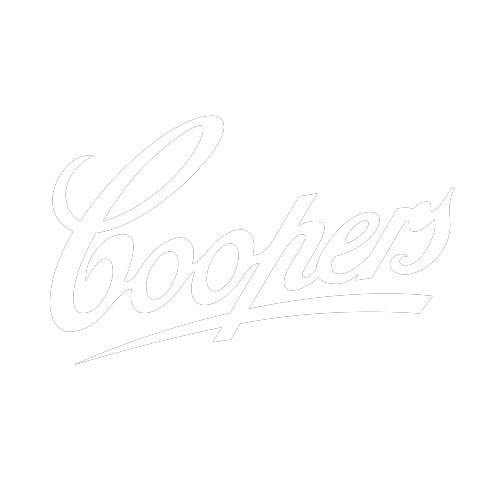Experience the materiality and form of New York-based artist Duke Riley’s work with this hands-on frottage activity. Etched into these sandstone blocks are images and stories from the Newtown Creek in Brooklyn—one of the most polluted waterways in the United States. Using our drop-in frottage station, create a rubbing of Duke’s idiosyncratic marine characters with paper and 2D media. Available in the gallery all day, every Saturday. All materials supplied. Presented as a part of Maluw Adhil Urngu Padanu Mamuy Moesik, at the IMA until 29 April.
-
Duke Riley’s work addresses the tension between individual and collective behaviour, independent spaces within all-encompassing societies, and the conflict with institutional power. He examines transgression zones and their inhabitants through drawing, printmaking, mosaic, sculpture, performative interventions, infiltrations, and video structured as complex multimedia installations. Duke combines populist myths and historical obscurities with contemporary social and environmental dilemmas, connecting past and present, drawing attention to unsolved issues. Throughout his projects he profiles the space where water meets the land, traditionally marking the periphery of urban society, what lies beyond rigid moral constructs, a sense of danger and possibility.
Duke Riley 'The View from the Mouth of the Newtown Creek during Final Days of Battle' 2022 and 'Runes of Ruin' 2022. Photo: Joe Ruckli.







